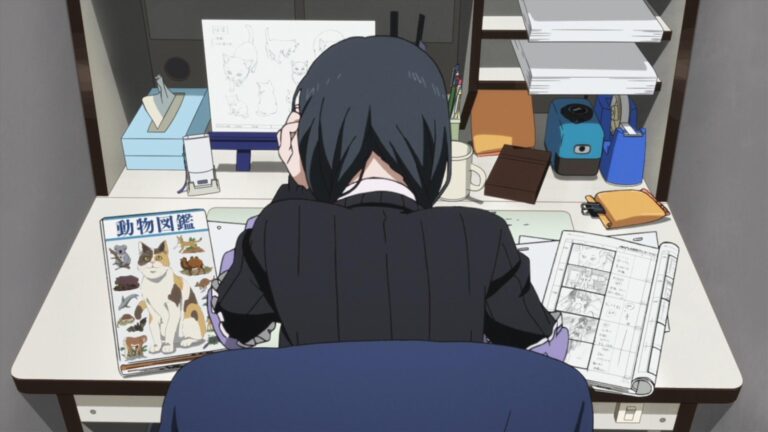If you ever wondered what it’s like to work as an animator in Japan now is the time to find out. Mipon interviewed Ken Arto, an animator who worked on popular titles such as Jujutsu Kaisen, Demon Slayer: Mugen Train, and Dragon Ball Super: Broly. Arto shared his experiences and revealed many interesting details about the animation industry in Japan.
Becoming an animator in Japan
Ken Arto, who is originally from France, explained how he started watching anime at an early age. Dragon Ball Z, Saint Seiya, and other popular titles were common on French TV. He also attributes his love of anime to trips to Japan, where he got to see all kinds of games, anime, and manga. Even though he studied animation in France, Arto had to adapt his style to Japanese animation. He also highlights the importance of knowing Japanese for those who want to work there.
Arto says that to become an animator you don’t need a degree. Animation school can teach you the basics, but the education comes from the studios. The level of skill determines which studio you can get a job at. Internships and working for smaller studios are also a good way to get your foot in the door, Arto says. It is also possible to work on separate projects and as a freelancer.
Working on big projects
Arto worked on Demon Slayer: Mugen Train as a key animator. He initially applied to work on the first season, but ufotable didn’t get back to him until the movie was announced. Movies tend to have better budgets, which means higher pay. Arto says that for anime series pay per cut is around 45$, while on movie projects it’s around 92-138$. The animators working on them also have more time to complete their work, because the schedules aren’t as rushed.
Arto also got to work on Dragon Ball Super: Broly, which he says is one of his childhood favorites. It was the first movie he worked on, and since he was still a beginner at drawing Genga, he was under a lot of pressure and ended up only taking 6 cuts. Arto also says he didn’t know what the plot of the movie was at the time, he only found out the details when the first trailer dropped. He did get to pick what scene he’d like to work on after seeing the storyboard.
Ken Arto is currently a key animator at Studio 4°C, but when MAPPA reached out to ask if he was interested in working on Jujutsu Kaisen he managed to join the project. He still kept working for 4°C during the day, while doing JJK cuts at night. Because of his day job, he couldn’t do too much, but he cherishes the experience of working with director Sunghoo Park.
Animation is difficult
Arto, who dislikes watching his own work on screen, regrets not being able to work the new Evangelion movie. He jokingly says that “you don’t choose to work on Evangelion, Evangelion chooses you”.
He says that he finds slow, emotional scenes quite difficult because it’s hard to capture the “normal” movement. Action scenes are also difficult, he says, and jokingly adds that “animation is difficult”. However, pushing your limits is a way towards becoming a better animator.
Mipon interviews Ken Arto
You can watch the full interview with the Japanese animator on Mipon’s YouTube channel:
You can follow Ken Arto on Twitter.
Source: Press Release
Featured image: Shirobako, © SHIROBAKO Production Committee
Also read:
How to Become a Mangaka in Japan
Legendary Galactic Heroes: Brief Look on 10 Years of Anime Production

Participate In Discussions